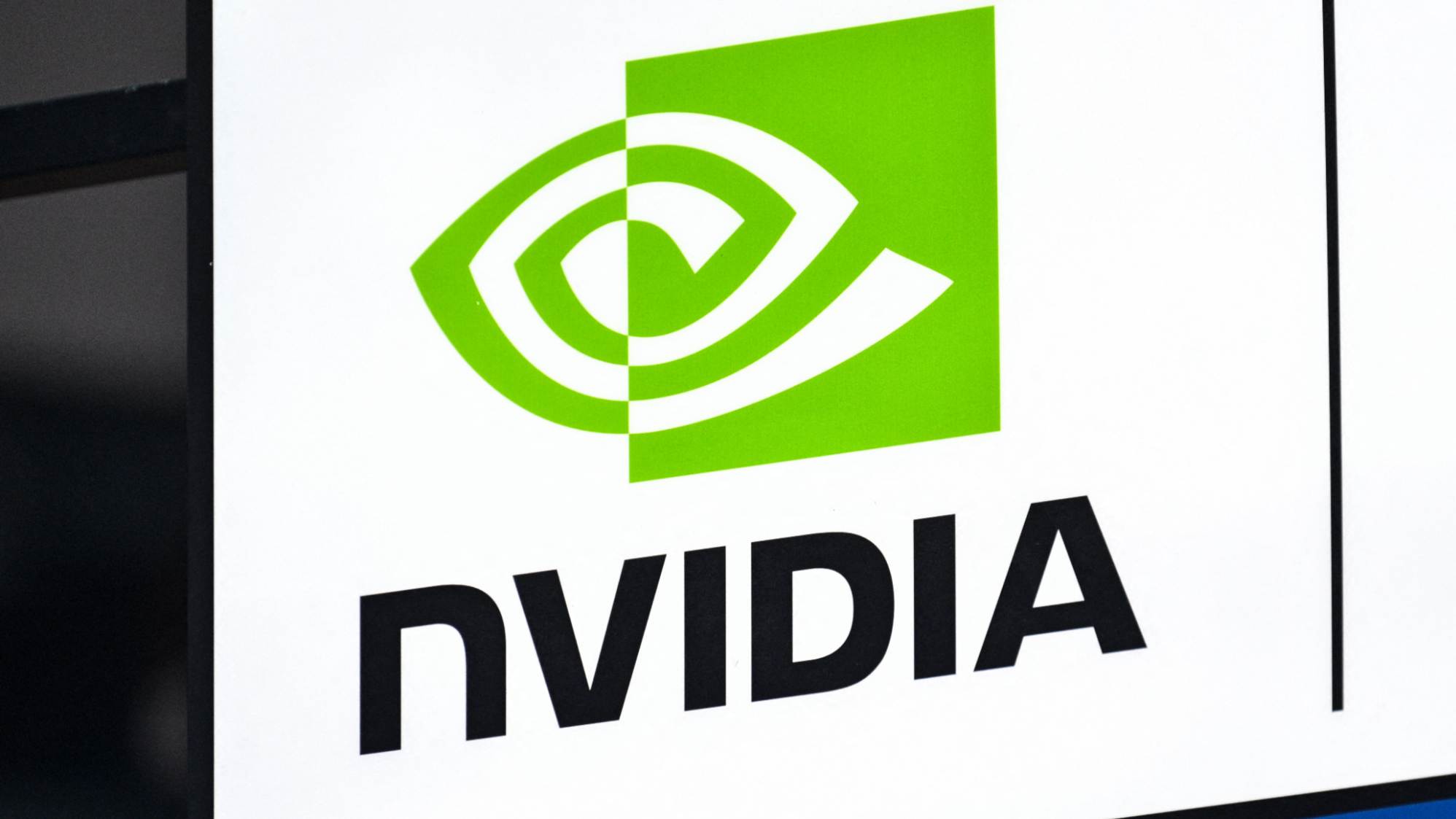Nvidia has announced its intention to purchase a $5 billion stake in Intel, a move that positions the company alongside the United States government as one of Intel’s largest stakeholders. This development signals a new chapter in the semiconductor industry, where strategic investments carry both economic and geopolitical weight.
The decision by Nvidia to invest in Intel is more than a financial maneuver; it represents a calculated step in shaping the direction of the global semiconductor market. Intel, long regarded as a cornerstone of American chipmaking, has faced increasing competition in recent years, not only from established companies such as AMD but also from international players operating with strong governmental support. By acquiring a multibillion-dollar stake, Nvidia is effectively strengthening Intel’s position at a time when chipmaking capacity and technological innovation have become issues of national importance.
This alignment with the US government’s own investment strategy underscores the recognition that semiconductors are no longer just another commodity in the technology sector. Instead, they are now viewed as strategic assets, central to economic competitiveness and national security. The government’s involvement in Intel has already reflected this perspective, and Nvidia’s decision to commit such a significant sum sends a clear message about the industry’s future trajectory.
Strategic motivations behind the investment
The motivations driving Nvidia’s move into Intel ownership are layered and multidimensional. From one perspective, it can be interpreted as a form of industry solidarity, with one American giant backing another in an era where global competition has intensified dramatically. Companies based in Asia, particularly in Taiwan and South Korea, dominate advanced chip production, while China has been pouring vast resources into building its own semiconductor ecosystem. Against this backdrop, the United States has been determined to secure domestic manufacturing capacity and reduce dependency on external supply chains.
For Nvidia, the investment has substantial significance. Intel continues to be an essential force in sectors like processor production, advanced lithography research, and the development of new manufacturing plants in the US and Europe. By enhancing Intel’s financial resources, these initiatives are expedited, thereby supporting the wider network that also includes Nvidia. Essentially, Nvidia’s investment in Intel acts as both protection and a chance: protection against potential supply chain disruptions and a chance to coordinate its expansion with local production capabilities.
Desde una perspectiva financiera, la inversión también ofrece a Nvidia una exposición directa a la recuperación potencial y rentabilidad a largo plazo de Intel. Aunque Intel ha enfrentado desafíos, como retrasos en la fabricación de chips avanzados y presión de sus competidores, su papel en tecnologías fundamentales como las unidades centrales de procesamiento y la infraestructura de servidores sigue siendo esencial. Nvidia, que principalmente ha dominado el segmento de unidades de procesamiento gráfico (GPU), podría aprovechar esta asociación para fortalecer su influencia estratégica en diversas capas de la tecnología informática.
The government’s influence on the semiconductor sector
The presence of the United States government as a major Intel stakeholder is a defining element of this story. Over the past several years, Washington has escalated its efforts to bolster the domestic semiconductor sector, most notably through initiatives like the CHIPS and Science Act. This legislative framework has unlocked billions in federal incentives for companies willing to build or expand manufacturing plants on US soil, with Intel among the primary beneficiaries.
Al dar su apoyo directo a Intel, el gobierno ha dejado claro que la independencia en semiconductores es esencial, no opcional. La incorporación de Nvidia a la lista de accionistas de Intel refuerza este enfoque, creando efectivamente una unión de fuerzas públicas y privadas con el objetivo compartido de asegurar el liderazgo tecnológico de Estados Unidos. La convergencia entre políticas gubernamentales e inversiones corporativas subraya cómo los límites tradicionales entre negocios y estrategia nacional se difuminan cada vez más en las industrias de importancia crítica.
This convergence also reflects growing awareness of the risks inherent in overreliance on global supply chains, particularly in geopolitically sensitive regions. Taiwan, which currently dominates global advanced chip production through companies like TSMC, faces constant geopolitical tension with China. Should disruptions occur, the ripple effects would reach every corner of the global economy, from consumer electronics to artificial intelligence. Intel’s expanded role as a domestic manufacturing hub, supported by both government funding and private investment, represents an attempt to mitigate those risks.
Wider impacts on the semiconductor market
The consequences of Nvidia’s choice are expected to have a significant impact. Other tech firms might see this action as an indication that enhanced collaboration within the sector is both beneficial and required. For many years, semiconductor companies have vied intensely, frequently protecting proprietary innovations and tactics with great care. However, the scale of present challenges — including weaknesses in supply chains and the costly nature of constructing advanced manufacturing facilities — indicates that increased cooperation could become unavoidable.
For global markets, Nvidia’s stake in Intel may also influence investor confidence. Intel’s stock performance has at times been volatile, with analysts divided over its ability to reclaim leadership in advanced chip production. The endorsement of a company as influential as Nvidia could reshape perceptions, offering a degree of reassurance about Intel’s long-term viability.
Consumers and businesses, meanwhile, stand to benefit from the stability that such investments bring. Reliable semiconductor supply is critical not only for smartphones and personal computers but also for emerging fields such as autonomous vehicles, quantum computing, and artificial intelligence. By reinforcing Intel’s role in this ecosystem, Nvidia indirectly contributes to the advancement of technologies that depend on steady chip availability.
At the same time, international competitors will be watching closely. Countries that have invested heavily in their own semiconductor capacity may view this development as further evidence of America’s determination to reassert dominance in the sector. The move could even spur additional investments from rival governments and corporations eager to avoid being left behind in what has become a race for technological primacy.
A turning point for the technology sector
Ultimately, Nvidia’s $5 billion investment in Intel signifies a pivotal moment in the technology industry regarding how companies balance both partnership and rivalry. It demonstrates an understanding that semiconductors serve not only as the foundation of digital progress but also as key elements of national strength. In this case, the integration of private ambition with governmental strategy highlights the profound dedication to ensuring future technological dominance.
For Nvidia, this investment demonstrates a strong belief in Intel’s potential to overcome its recent hurdles and reclaim its position as a top player in advanced manufacturing. For Intel, it provides a crucial boost of both financial support and trust, bolstering its status as a national leader in a highly competitive field. For the United States overall, the synergy between governmental objectives and business strategy enhances the overarching aim of achieving technological self-sufficiency.
The semiconductor sector has consistently experienced phases of innovation and upheaval; however, it is now also influenced by geopolitical factors and strategic alliances. Nvidia’s action is more than a financial news item; it signals the direction of an industry foundational to all contemporary technology. In the coming years, the collaboration among Nvidia, Intel, and the US government might become a model for how countries and businesses manage a period where chips are both engines of advancement and symbols of influence.




